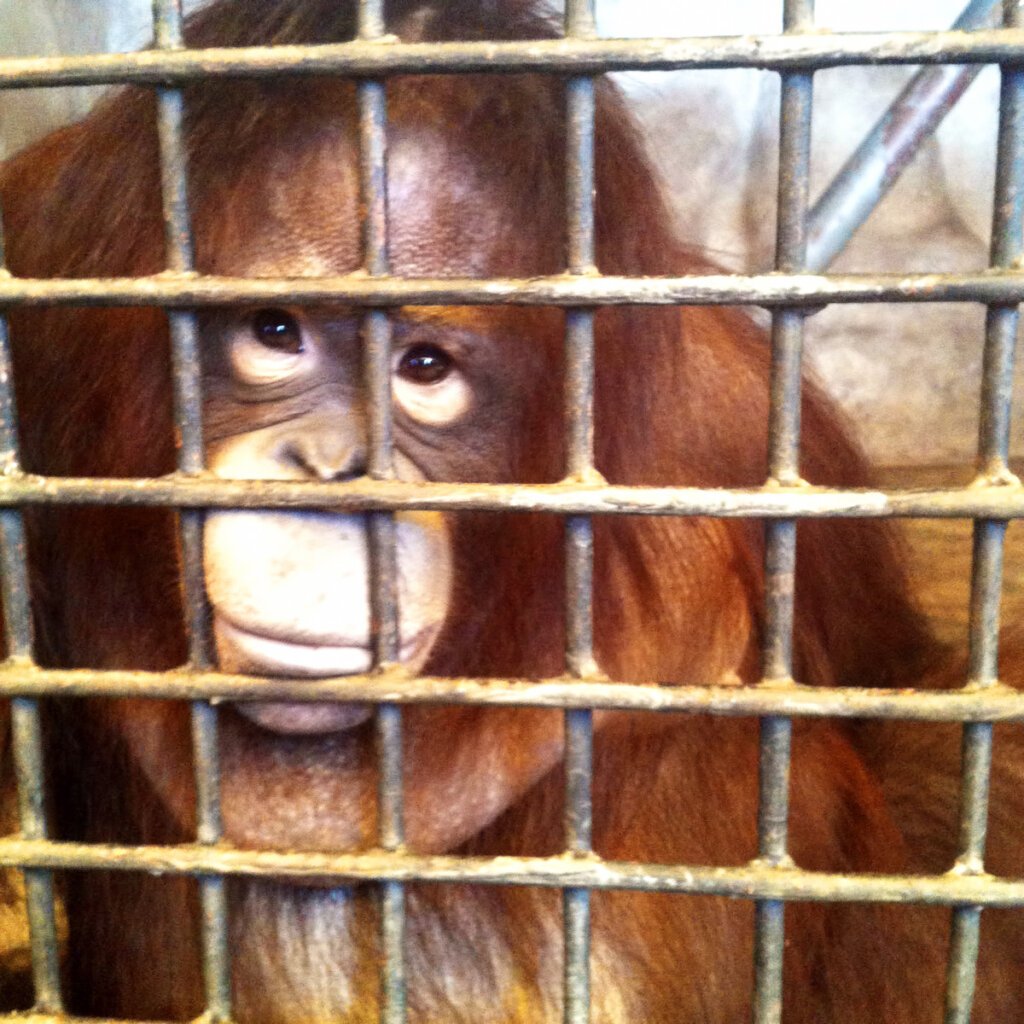
Some Dogs and Cats Could Soon Be Allowed in the Cabin on Domestic Flights
The stress of finding a temporary guardian for animal companions could soon be coming to an end for Australians who fly domestically. Virgin Australia has applied with the relevant regulator to become the country’s first airline to operate flights which allow cats and small dogs in the cabin.
Australians take a whopping number of domestic flights – more than 57 million passengers flew within the country in 2023. Many of us consider animals part of the family, so it’s no surprise that we’d want to take these companions along when flying for a holiday, for a weekend city break, or to visit home for Christmas. And as guardians know, making arrangements for animals to be cared for is stressful, and no airline in the country allows companion animals on board in the cabin. But that could all soon change.
What We Know
Virgin Australia has said that the service is subject to regulatory approval and likely to launch within 12 months, pending planning and stakeholder consultation. Small dogs and cats would be allowed to be booked on specific routes and accommodated in a limited number of designated rows in an approved carrier. There would be a charge for bringing a companion animal on board, but the new policy would not result in any change to approved assistance animals being able to travel in the cabin of a Virgin Australia aircraft at no additional cost.
PETA applauds Virgin’s decision to offer the service as an alternative to the stressful and even deadly trips for animals in the cargo hold. Even in the cabin, animals’ health, temperament, and travel logistics must be considered before packing up and heading off on a trip. In some cases, it may still be better to leave your animal friends at home in the care of a trusted guardian, such as an adult relative, close friend, coworker, or neighbour.

Flying With Cats or Dogs
If your animal friend must fly, the following tips can help make the experience a safe one:
- Plan ahead, and ensure you understand airlines’ restrictions and rules when it comes to flying with animals in order to avoid problems.
- Be sure to use a sturdy, escape-proof carrier. Cats in particular can easily squeeze through small openings. Airlines will likely have specific guidelines for approved carriers. Double-check the carrier’s clasp and consider padlocking it. The carrier must be adequately ventilated and have a sizable rim around the sides so that the air holes won’t be covered if the cage is pressed against a wall or luggage.
- Open the carrier several days before the trip and put blankets, toys, and treats inside so that your animal companion will view it as a cosy den.
- Do not put a lead inside the carrier because they could become tangled in it and suffocate.
- To prevent an animal from suffering from an upset stomach, it may be advisable not to feed him or her for six to eight hours before the flight. Check with your vet. Provide water immediately before placing him or her in the carrier. Only tranquilise animals if they are frantic and could hurt themselves by trying to escape. In such cases, use a veterinarian-prescribed tranquiliser or a natural herbal remedy, but test it ahead of time to make sure that it will work for your companion.
- Make sure that animals are wearing a collar and an identification tag, and take some temporary tags with you – one for each place that you will be staying (but be sure to keep the permanent tag on as well).
If you absolutely must bring your animal friend and they can only travel in the cargo hold, take the following precautions:
- Always book a nonstop flight. During transfers, animals are at an increased risk of accidents, trauma, and escape. If you must transfer, ask about the airline’s transfer policy. Most will not transfer animals to a connecting flight; you will need to retrieve them at the baggage claim area and recheck them.
- Avoid travelling in extreme temperatures. Many airlines don’t allow animals to fly in the cargo hold during hot summer months.
- Verify that the carrier’s baggage-claim tag shows the correct destination and is securely attached.
- Mark the carrier with the animal’s name and your name, address, phone number, and destination. Write “live animal” in at least 1-inch-high letters with arrows showing which side is up. Because the baggage compartment of the plane contains areas in which animals cannot be safely placed, make sure that airline workers situate your companion in the proper area. Tape a note to the carrier with large letters reading, “Please make sure that I’m placed in the live bin!”
- Fill animals’ water dishes with ice cubes instead of water, which can easily spill.
- When you check in, ask the gate agent if you can speak to the ramp supervisor for your flight to offer that person any information that you feel may be useful about the handling of your animal companion.
- If the flight is delayed, inform the crew that an animal is on board and ask that the captain be informed. If the delay is lengthy, animals must be removed from the plane until flight time. Insist on this. You are the only person who is going to protect your animal companion.
- Watch as the animal is loaded into the cargo area to ensure that he or she is on the same plane. If you cannot watch, ask the flight attendant to phone the cargo area to make sure that the animal is on the plane before you board.
- When you reach your destination, retrieve animals immediately. If they appear to be ill or injured, rush them to a veterinarian.
Help Animals in 2025: Renew Your PETA Membership!




